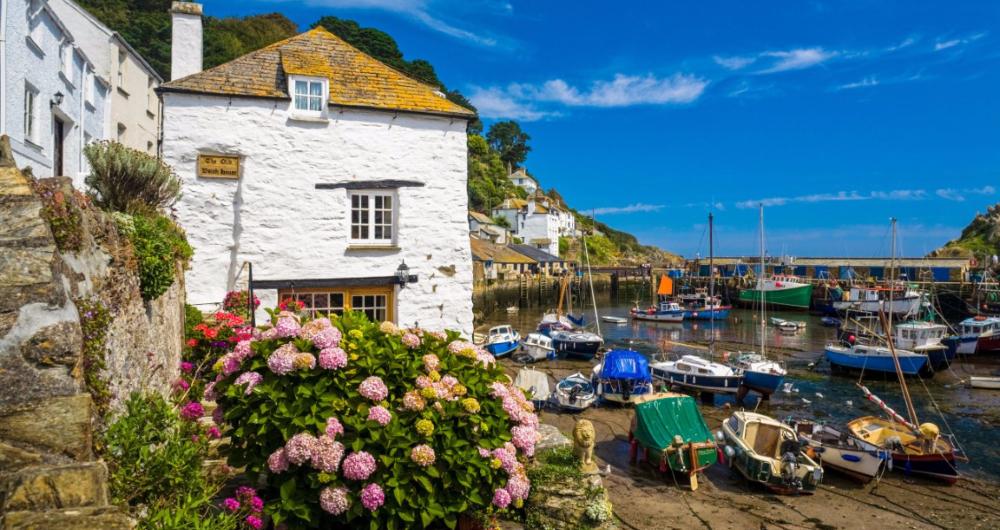In This Article
Looking for dramatic coastlines, surf beaches, and charming fishing villages? Head to Cornwall, UK! Located in England’s southwest, Cornwall is known for its rugged beauty, historic sites, and iconic pasties. Whether you're hiking cliff paths or exploring quaint harbours, Cornwall offers the ultimate coastal escape.
Best Time to Visit
The best time to visit Cornwall is in late spring through early autumn (May to September). Enjoy mild weather, beach days, and outdoor festivals. July and August are busiest, while June and September offer warm weather with fewer crowds.
How to Get There
- By Train: Great Western Railway runs regular services from London Paddington to Truro, Penzance, St Austell, and other Cornwall towns.
- By Car: Cornwall is accessible via the M5 and A30; driving gives you flexibility to explore coastal roads and remote villages.
- By Air: Fly into Newquay Cornwall Airport (NQY) from major UK and European cities.
Where to Stay
- St Michaels Resort (Falmouth) – Stylish seafront hotel with a spa, fine dining, and ocean views.
- The Scarlet Hotel (Mawgan Porth) – Adults-only eco-hotel with clifftop hot tubs and sustainable luxury.
- Cornish Cottages & B&Bs – Choose from charming coastal cottages, farmhouse stays, or cozy guesthouses across the region.
Top Attractions
1. Explore Rainforest Biomes and Sustainable Wonders at The Eden Project
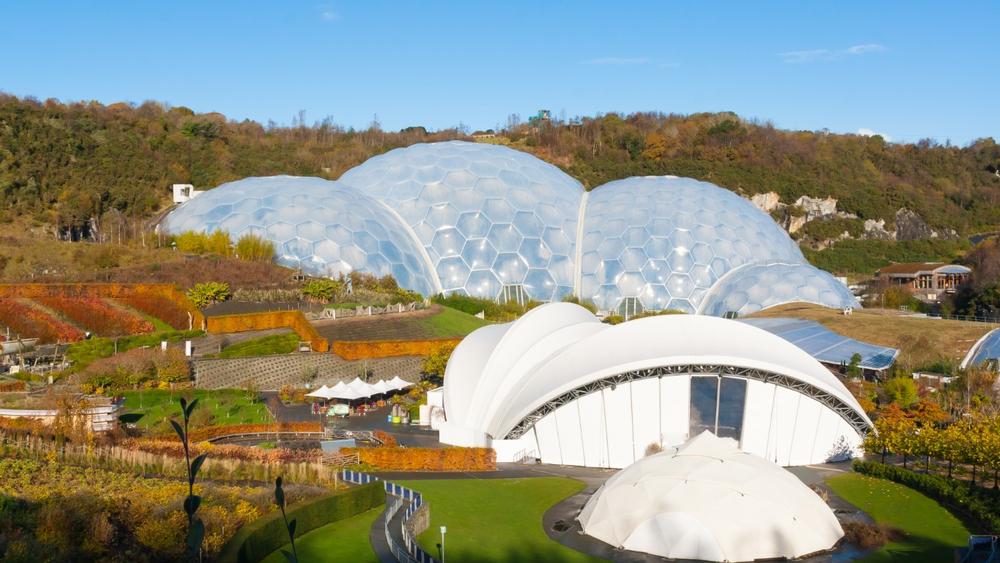
© Ian Woolcock/stock.adobe.com
The Eden Project, also known as Edenva, is a unique biome attraction in Cornwall that showcases two biomes of plants from diverse climates and ecosystems around the world. The project was designed by architect Nicholas Grimshaw and opened to the public in 2001, housed within a reclaimed china clay pit near the town of St. Blazey. Visitors can explore the biome complex's adjoining domes, which are home to thousands of plant species, and learn about the rainforest and Mediterranean environments they simulate. Unique sculptures within the biomes include a giant bee sculpture, which is showcased alongside planted landscapes and vegetable gardens. Outside, a botanical garden facility showcases plants native to the United Kingdom.
Bodelva, Par PL24 2SG, UK
2. Stand at the Southern Edge of the UK at Lizard Point
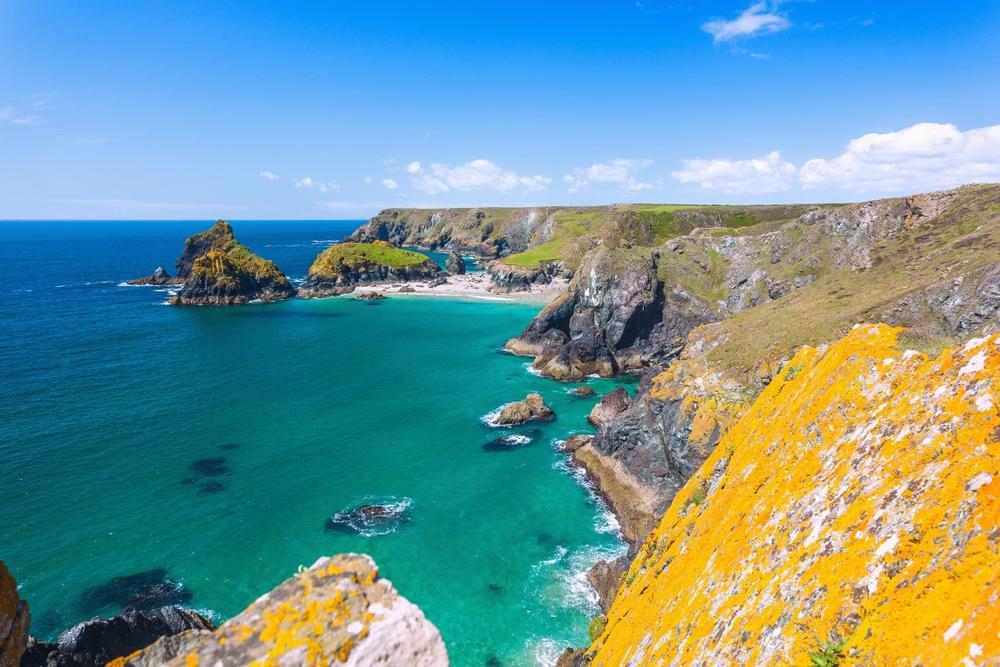
© hwtravel/stock.adobe.com
Lizard Point is the southernmost point on mainland Great Britain, only bested throughout the entire United Kingdom by portions of the Isles of Scilly. The point, which is located half a mile south of Lizard village within the parish of Landewednack, is best known as the site of the 1707 Battle at the Lizard naval battle. It is home to the unique serpentine stone metamorphic rock landmark, which showcases brilliant dark green, red, and white stone veining and inspired the famed serpentine-style ornaments of the Victorian era. Since 1751, a lighthouse has stood at the point for coastline navigation. Beautiful coves populate the greater Lizard Peninsula area, along with art galleries, gift shops, and scuba diving schools and touring companies.
S W Coast Path, Lizard, Helston TR12 7NT, UK, Phone: +44-13-26-22-21-70
For Photographers
3. Wander Through History and Blooming Beauty at The Lost Gardens of Heligan
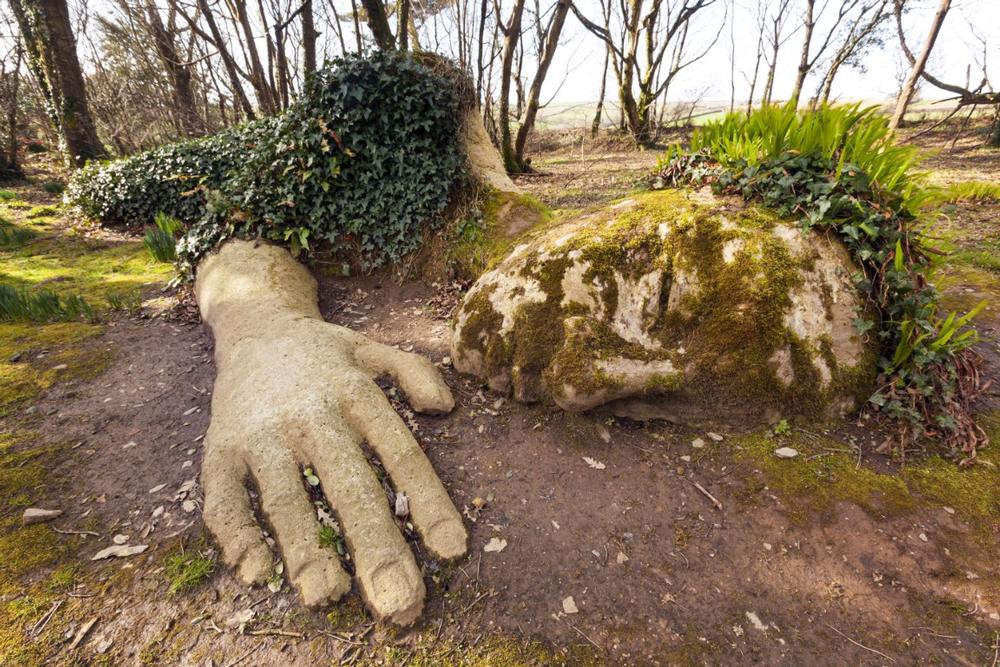
© robynmac/stock.adobe.com
The Lost Gardens of Heligan, known as "Willow Tree Garden" in Cornish, are one of the United Kingdom's most popular botanical garden facilities, showcasing the beautiful 19th-century Gardenesque style of landscaping. The gardens, which are located near Mevagissey in Cornwall, were originally designed in the 18th century by members of the Cornish Tremayne family on the stunning Heligan estate. Following a fall into disrepair after World War II, the gardens were restored to their historic splendor in the 1990s. Today, they can be explored by visitors throughout the year, showcasing an Italian-style garden, a subtropical jungle area, and Europe's only remaining pineapple pit. Delicious home-cooked fare prepared with fresh produce from the gardens is served up at the facility's homestyle kitchen and bakery.
B3273, Pentewan, Saint Austell PL26 6EN, UK, Phone: +44-17-26-84-51-00
4. Walk the Causeway to the Tidal Island of St Michael’s Mount
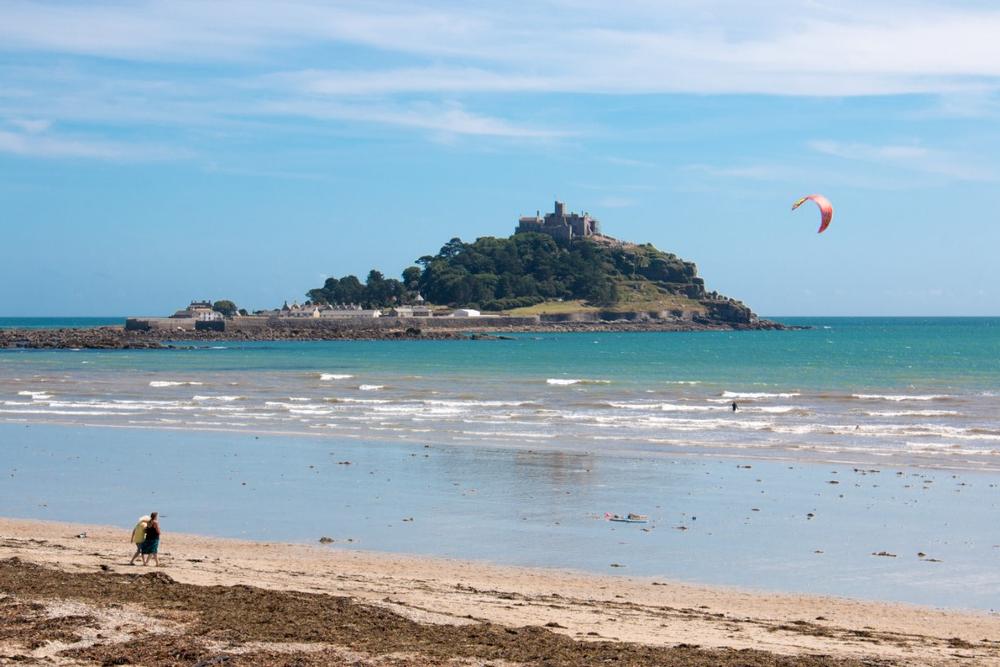
© pixssell/stock.adobe.com
St Michael’s Mount is a lovely tidal island in Mount's Bay, home to the town of Marazion, which is connected to the mainland via a manmade granite setts causeway that is passable at certain tide conditions. The mount is managed by England's National Trust and is best known as the home of the St. Aubyn family since the 17th century. It was originally intended as the Cornish counterpart to Normandy, France's Mont Saint-Michel and was operated by the Benedictine religious order for centuries, beginning in the 11th century. Today, it is designated as a Site of Special Scientific Interest and is home to the beautiful 15th-century Chapel of St. Michael. Visitors can view sites that were showcased in major feature films such as Dracula and Never Say Never Again and can enjoy excellent opportunities to sample delicious Cornish pastries, handpicked crab entrees, and local cheeses at regional restaurants.
Attractions for Couples
5. Catch an Open-Air Performance With Ocean Views at The Minack Theatre
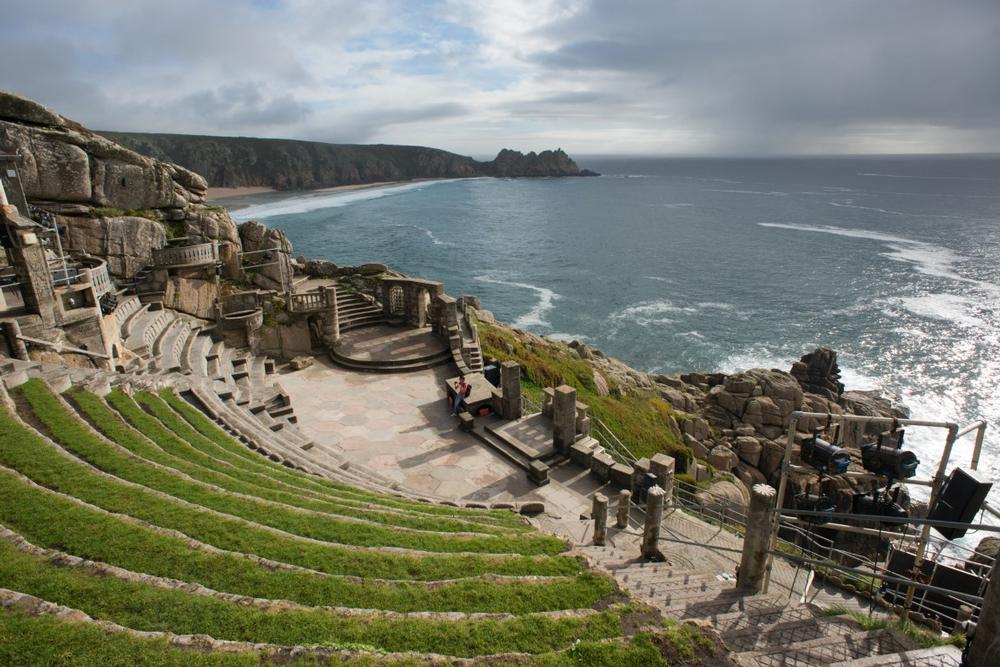
© George/stock.adobe.com
The Minack Theatre
is a lovely open-air theater at Porthcurno, located just four miles from the town of Land's End in Cornwall. The theater, which was originally developed in 1932 by Rowena Cade, is known as one of the world's premiere outdoor theaters today, hosting more than 110,000 guests each year at its full season of dramas, musicals, and opera performances. It overlooks Cornwall's Atlantic Ocean coastline atop a high cliff area jutting out into the sea, creating an iconic panoramic backdrop during performances. 20 plays are produced throughout the year between Easter and September, including productions by visiting theatrical troupes from the United States. The theater can also be explored by visitors as part of self-guided tours throughout the rest of the year.
The Minack Theatre, Porthcurno, Penzance TR19 6JU, UK, Phone: +44-17-36-81-01-81
6. Experience Modernist Masterpieces at The Barbara Hepworth Museum and Sculpture Garden
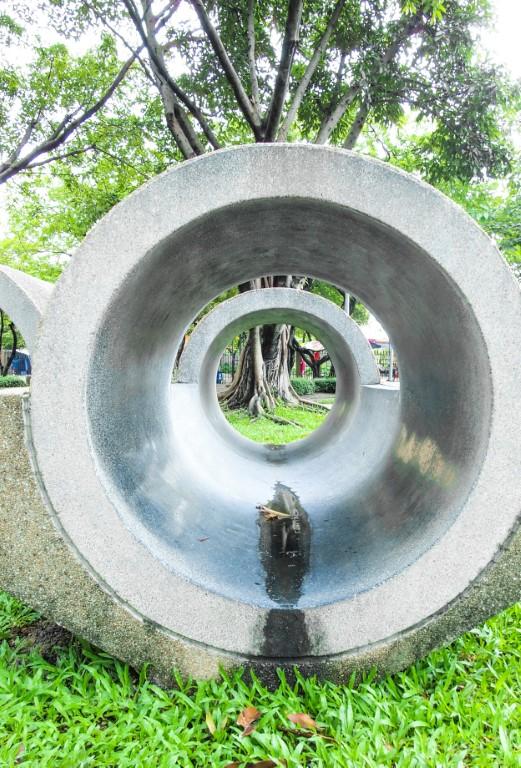
© kritkanok/stock.adobe.com
The Barbara Hepworth Museum and Sculpture Garden is one of St. Ives' most beautiful attractions, preserving the studio and garden facility of the famed 20th-century sculptor, who lived and worked at the site between 1949 and 1975. The studio, which was known as Trewyn Studio during the artist's tenure at the site, is housed within a beautiful stone-built house that preserves all of Hepworth's original furnishings, along with several unfinished pieces that were being worked on at the time of her death in a fire. It showcases the largest collection of the artist's works on display anywhere in the world, including works presented within a full sculpture garden. Visitors can also view a queue of uncut stones that were still awaiting carving at the time of the artist's acquisition of them in 1950.
Barnoon Hill, Saint Ives TR26 1AD, UK, Phone: +44-17-36-79-62-26
7. Stroll the Charming Harbors and Narrow Lanes of Mousehole
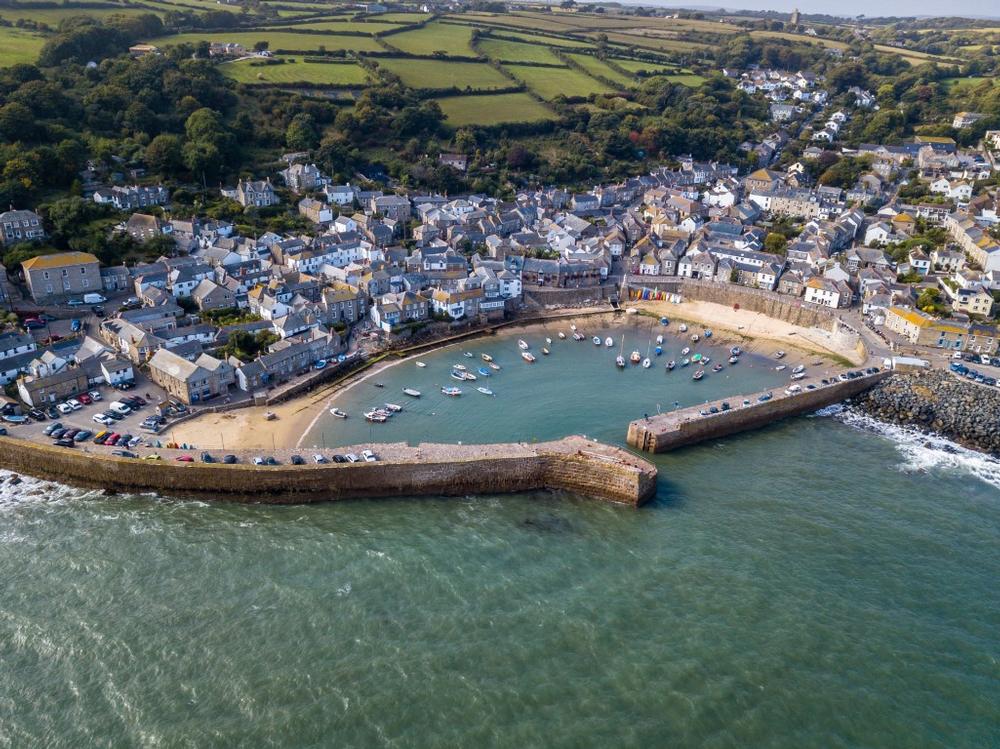
© Nicholas/stock.adobe.com
Mousehole is a charming village and fishing port in Cornwall, located approximately two miles south of Penzance at the shore of Mount's Bay. The town is located within the designated Cornwall Area of Outstanding Natural Beauty, which is protected under the same protections as Great Britain's national parks. It is believed to have been founded as early as the 13th century and was completely burnt to the ground during an infamous Spanish raide in 1595. Today, the lone surviving house from that ransacking still stands, framed by beautiful new homes, businesses, and fishing port areas. Visitors can explore the city's Old World-style ambiance and view sites such as the Mousehole Wild Bird Hospital, which famously served as a sanctuary for oiled seabirds following the Torrey Canyon disaster in the 1960s.
Recommended Activities for Families
8. See Exotic Flora in a Subtropical Paradise at Tresco Abbey Gardens
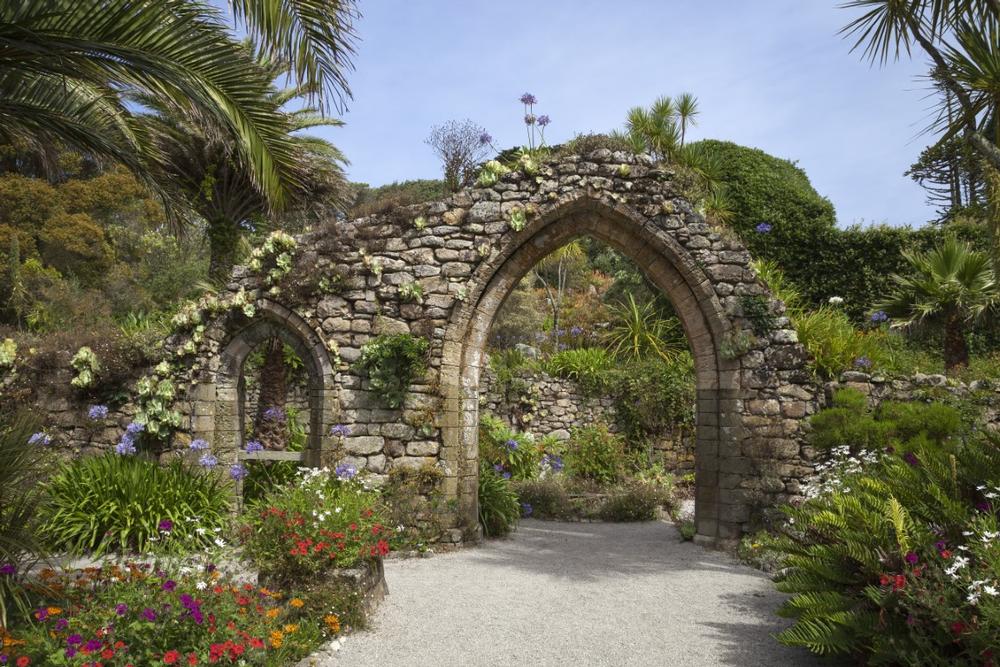
© andrewmroland/stock.adobe.com
Tresco Abbey Gardens are a beautiful 17-acre garden facility on the island of Tresco within the Isles of Scilly, originally established in the 19th century by island proprietor Augustus Smith as a private garden facility. Today, the gardens are listed as a Grade I property on the Register of Historic Parks and Gardens and are open to the public daily throughout the afternoon hours. Visitors can explore the gardens' beautiful historic elements, which include the remains of a Benedictine abbey dating back to 964 AD, along with historic plantings of elm, sycamore, oak, and poplar trees originally planted by Smith. More than 2,280 specimens are showcased throughout the gardens, which are also home to the Valhalla Museum, showcasing historic ship figureheads and nameboards. A seasonal cafe offers up delicious light fare between March and November.
Tresco, Isles of Scilly TR24 0QQ, UK
9. Hike the Wild Beauty and Legends of Bodmin Moor
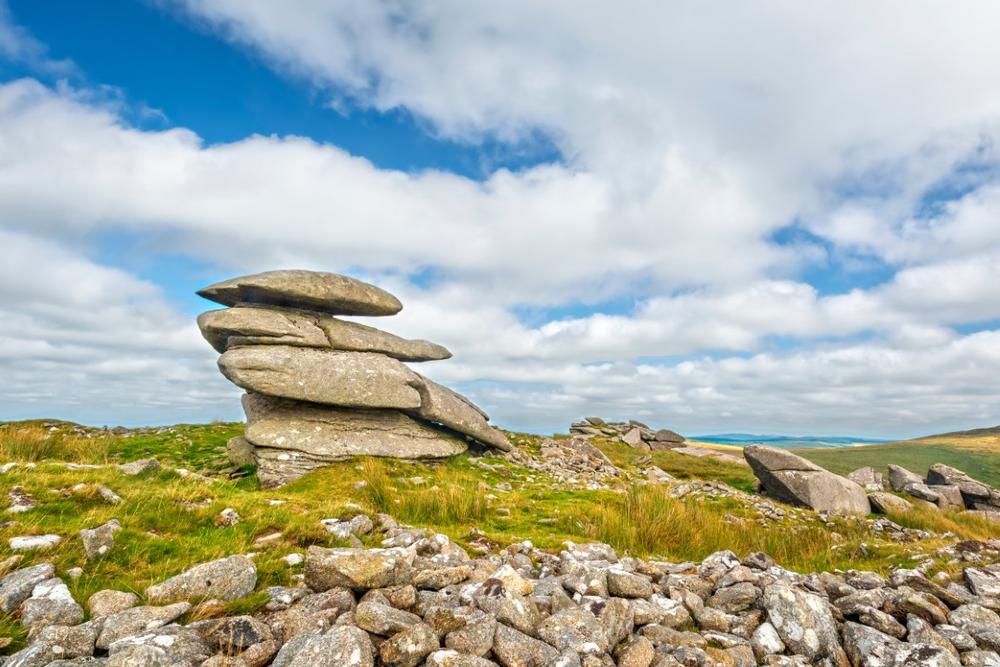
© valeryegorov/stock.adobe.com
Bodmin Moor is a gorgeous granite moorland in northeastern Cornwall, measuring 80 square miles in size and dating back to the Carboniferous period. The moor is home to Cornwall's highest point, Brown Willy, along with the noted peak Rough Tor. Today, it is designated as an Area of Outstanding Natural Beauty, grazed by moorland ponies and known as a popular mining spot throughout the 19th century. It only gained its current name in the 19th century, having been formerly known as Fowey Moor until approximately 1812. It serves as the main source for many of Cornwall's rivers and still showcases gorgeous megalithic monuments from the Neolithic period and Bronze Age.
10. If You Believe in Hidden Magic, Discover the Waterfalls of Saint Nectan’s Glen
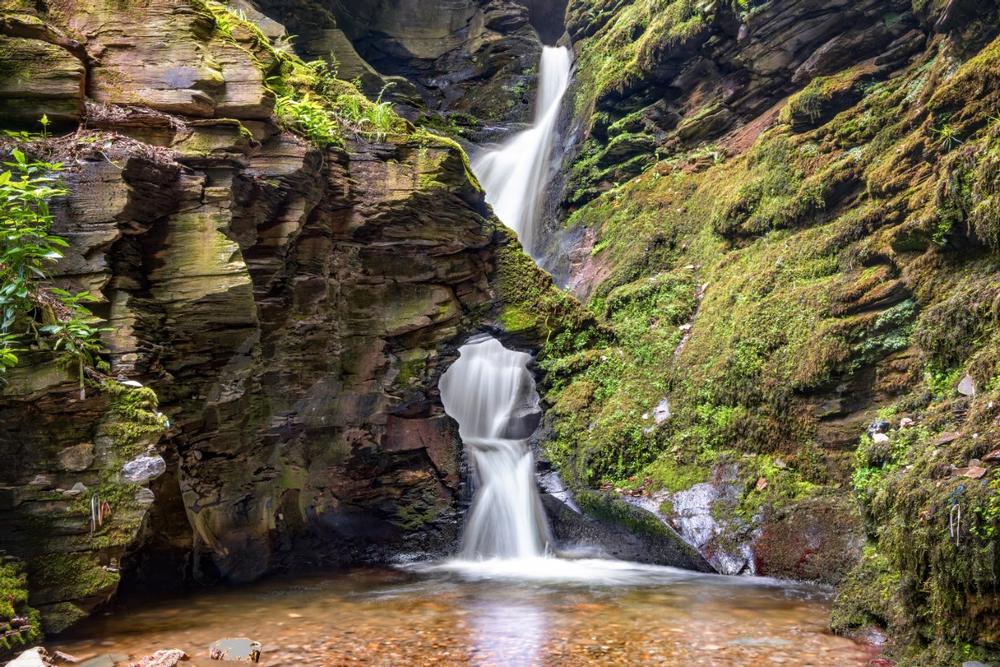
© valeryegorov/stock.adobe.com
Saint Nectan’s Glen is one of Cornwall's best-kept secrets, located within a woodland area in the town of Trethevy near the city of Tintagel. The glen stretches over an area of approximately one mile along the banks of the picturesque Trevillet River. It is best known as the site of Saint Nectan's Kieve, a beautiful 60-foot waterfall that travels through a hole in a rock formation. The site is frequently thought of as an important spiritual site in the United Kingdom and is frequently covered with ribbons, crystals, and other tokens of meditation. Though the waterfall site is privately owned and requires an entrance charge, the glen is free and open to the public as a park facility throughout the year.
Trethevy, Tintagel PL34 0BG, UK, Phone: +44-18-40-77-95-38
Where to Eat
- Rick Stein’s Seafood Restaurant (Padstow) – Renowned for fresh, locally caught fish and elegant Cornish cuisine.
- Fifteen Cornwall (Watergate Bay) – Beachfront dining with Italian-inspired fare and sweeping sea views.
- Philps Bakery (Hayle) – Grab a traditional Cornish pasty from one of the region’s most beloved bakeries.
Local Events
- Boardmasters Festival (August) – Surf competition and music festival overlooking the beach in Newquay.
- Falmouth Sea Shanty Festival (June) – Celebrate maritime history with traditional sea songs and performances across the town.
- Royal Cornwall Show (June) – Classic country fair featuring livestock, crafts, and Cornish food traditions in Wadebridge.
Day Trips Within 30 Minutes of Truro, Cornwall, UK
- Falmouth (20–25 min) – Explore harbourfront shops, tour Pendennis Castle, or relax on Gyllyngvase Beach with a pasty in hand.
- Trelissick Garden (National Trust) (15–20 min) – Wander vibrant formal gardens, woodland trails, and riverside views near the Fal estuary.
- Perranporth Beach (25–30 min) – Surf Atlantic waves, explore tidal pools, or walk dramatic cliffs along the South West Coast Path.
- St Agnes (25–30 min) – Discover a charming coastal village with cliffside mining ruins, galleries, and scenic hikes.
- Healey’s Cornish Cyder Farm (15–20 min) – Take a tractor tour, sample cider and jam, and meet farm animals in this family-friendly spot.
- St Mawes (25–30 min including ferry) – Take a scenic ferry ride and explore a peaceful harbourside village with a Tudor castle and seafood cafés.
- Enys Gardens (10–15 min, seasonal) – Roam one of Cornwall’s oldest gardens, filled with bluebell woods, ponds, and peaceful meadows.
- Roseland Peninsula (20–30 min) – Drive or ferry to quaint villages, quiet beaches, and idyllic countryside walks with postcard views.
FAQ
-
Where is Cornwall located?
-
Cornwall is one of Great Britain's most charming counties, located along the rugged southwestern tip of the country's Atlantic Ocean coastline.
-
What are some of Cornwall's most iconic natural areas?
-
The charming peninsular county is home to iconic natural areas such as the popular spiritual pilgrimage site Saint Nectan’s Glen, the dramatic rocky Bedruthan Steps, and Land's End, which forms one end of England's famed "First and Last" cross-country journey.
At a Glance
| Best Time to Visit |
Places to Stay |
Tips for Visiting |
| Spring (March-May) – Mild weather and blooming coastal landscapes. |
The Scarlet Hotel – A luxury eco-hotel overlooking Mawgan Porth Beach. |
Explore the Eden Project – Visit the famous biomes filled with exotic plants. |
| Summer (June-August) – Warm and perfect for beach activities. |
St. Moritz Hotel – A stylish seaside retreat in Rock. |
Relax on Porthcurno Beach – Enjoy white sand and crystal-clear waters. |
| Fall (September-November) – Fewer tourists, cooler temperatures, and stunning autumn scenery. |
The Headland Hotel – A historic clifftop hotel in Newquay. |
Walk along the South West Coast Path – Take in dramatic coastal views and historic sites. |
| Winter (December-February) – Quiet, cozy, and great for storm-watching. |
Artist Residence Cornwall – A quirky boutique hotel in Penzance. |
Visit St. Michael’s Mount – Explore the tidal island and medieval castle. |
How did I do?
Is the article too broad, too narrow, or just right ? Do you like the presentation of photos and text? Let me know in the comments! If you want to see more in this location, I can put it on my editorial calendar. I'm listening!
Plan Your Trip


